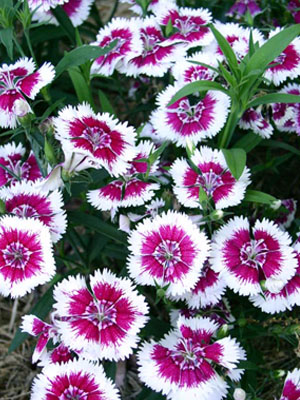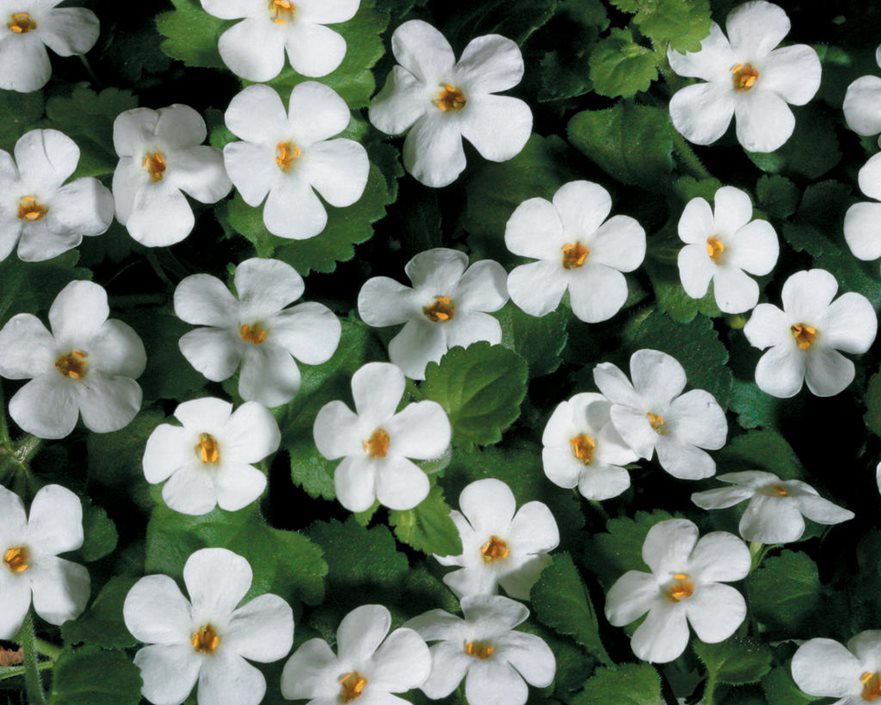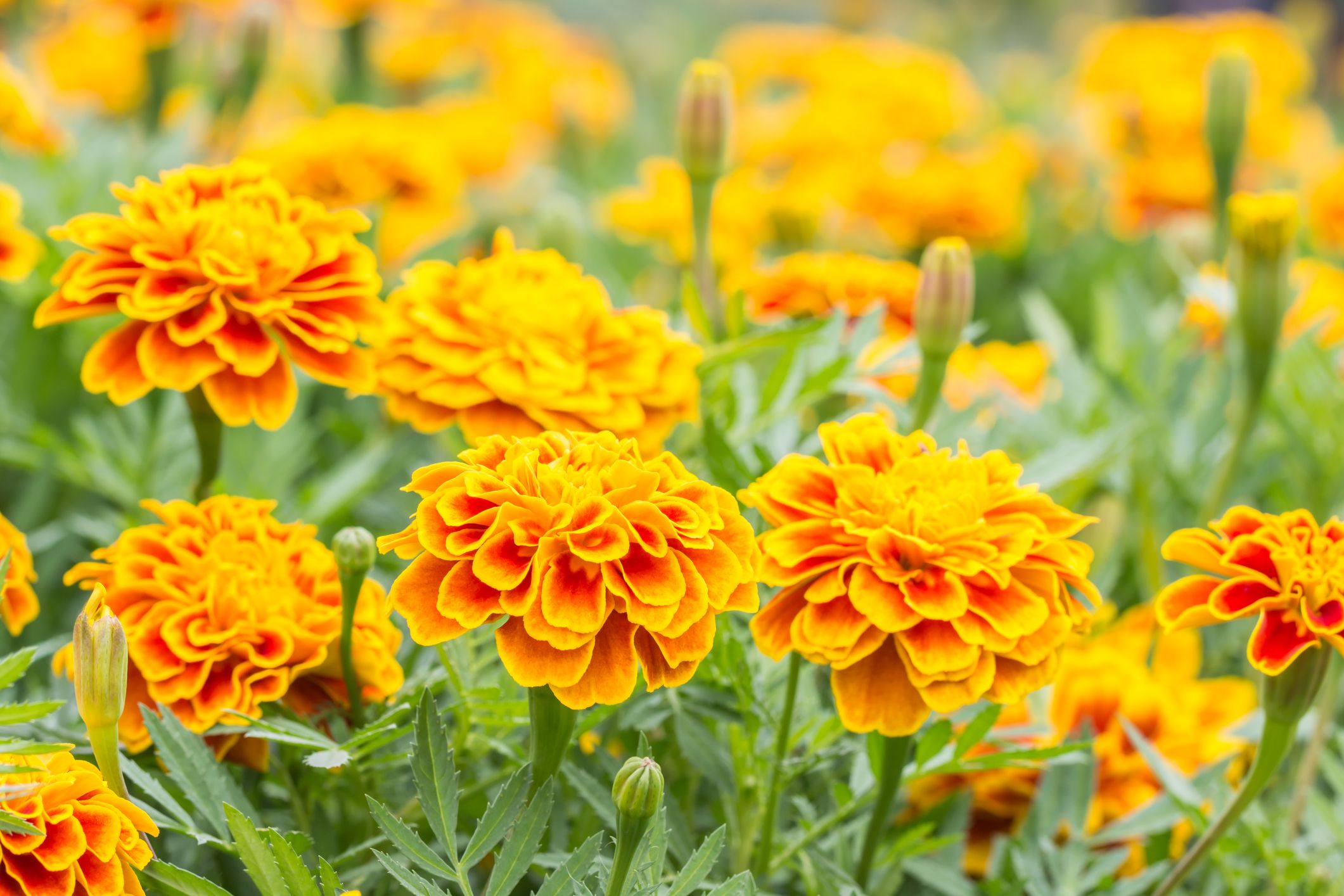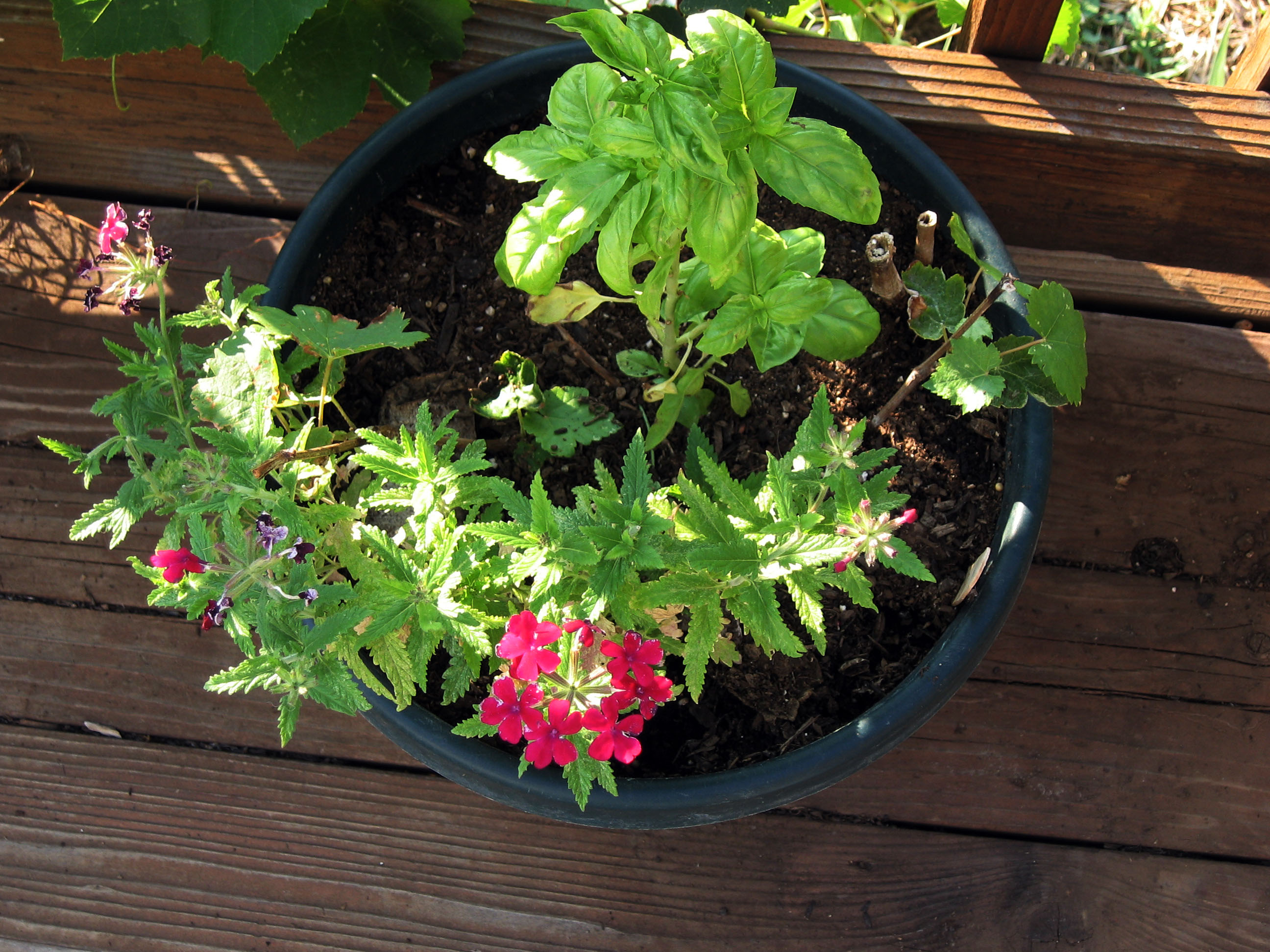Blue Daze Companion Plants That Will Make Your Garden Pop
Blue daze (Evolvulus glomeratus) is a beautiful annual plant that produces clusters of small, sky blue flowers throughout the summer. It's a low-maintenance plant that's perfect for adding a splash of color to any garden. But did you know that blue daze can also benefit from companion planting?
Companion planting is the practice of planting certain plants together in order to improve their growth and health. When you choose the right companion plants for blue daze, you can create a more vibrant and productive garden.
Here are a few of the best companion plants for blue daze:
- Blue fescue: This low-maintenance grass adds a touch of blue to your garden and helps to suppress weeds.
- Dianthus-annual: This fragrant flower comes in a variety of colors, including blue, and attracts pollinators.

- Bacopa: This trailing plant produces small, blue flowers and can be used to fill in empty spaces in your garden.

- French marigold: This cheerful flower repels pests and helps to improve the soil.

- Tweedia: This twining vine produces blue flowers that bloom all summer long.
- Nierembergia: This low-growing plant produces clusters of blue flowers that attract butterflies and hummingbirds.
These are just a few of the many companion plants that you can choose from. When choosing companion plants for blue daze, it's important to consider the plant's needs and the climate in your area.
For example, if you live in a hot climate, you'll want to choose companion plants that can tolerate heat and drought. If you have a shady garden, you'll want to choose companion plants that can thrive in shade.
With a little planning, you can create a beautiful and productive garden by companion planting blue daze with the right plants.
In addition to the plants mentioned above, here are some other considerations when choosing companion plants for blue daze:
- Plants with similar growing conditions: Blue daze prefers full sun and well-drained soil. When choosing companion plants, it's important to select those that have similar growing conditions. This will help to ensure that both plants thrive in your garden.
- Plants with complementary colors: Blue daze produces bright blue flowers. When choosing companion plants, you can either select plants with complementary colors, such as yellow or orange, or you can choose plants with the same color, such as white or lavender.
- Plants with different textures: Blue daze has small, delicate flowers. When choosing companion plants, you can add interest to your garden by selecting plants with different textures, such as spiky leaves or coarse foliage.
By considering these factors, you can choose the best companion plants for blue daze and create a beautiful and harmonious garden.
FAQ of blue daze companion plants
Question 1: What are some good companion plants for blue daze?
Answer: Blue daze is a low-maintenance annual plant that blooms from late spring to early fall. It is known for its bright blue flowers and silvery-green leaves. Some good companion plants for blue daze include:
- Tweedia: This plant also has blue flowers and can help to fill in any gaps in your garden. It is a bit taller than blue daze, so it can provide some height contrast.
- Bacopa: This trailing plant has white flowers and can be used to add some vertical interest to your garden. It is also very drought tolerant, so it is a good choice for hot, dry climates.

- French marigolds: These bright orange flowers can help to brighten up your garden and attract pollinators. They are also relatively easy to care for.

- Dianthus: These fragrant flowers come in a variety of colors, so you can choose ones that complement the blue of your blue daze. They are also deer resistant, so they can help to protect your plants from pests.

- Blue fescue: This grass has blue-gray foliage that can help to create a contrast with the blue flowers of your blue daze. It is also very low-maintenance, so it is a good choice for busy gardeners.
Question 2: What are the benefits of companion planting with blue daze?
Answer: There are several benefits to companion planting with blue daze. First, companion plants can help to attract pollinators, such as bees and butterflies. These pollinators are essential for the pollination of plants, which is necessary for the production of fruits and vegetables. Second, companion plants can help to deter pests. For example, French marigolds are known to repel mosquitoes and aphids. Third, companion plants can help to improve the soil quality. For example, blue fescue can help to improve drainage and aerate the soil.
Question 3: How far apart should blue daze plants be planted?
Answer: Blue daze plants should be planted about 12-18 inches apart. This will give them enough room to grow and spread. If you are planting them in a container, you will need to adjust the spacing accordingly.
Question 4: What type of soil do blue daze plants need?
Answer: Blue daze plants prefer well-drained soil that is rich in organic matter. If your soil is sandy or clayey, you will need to amend it with compost or other organic matter before planting.
Question 5: How much water do blue daze plants need?
Answer: Blue daze plants need regular watering, especially during hot, dry weather. Water them deeply once a week, or more often if the weather is very hot.
Image of blue daze companion plants
- Yarrow: Yarrow is a hardy perennial that blooms in late summer and fall. It attracts beneficial insects and repels pests, making it a good companion plant for blue daze.

- Coneflower: Coneflower is another hardy perennial that blooms in summer. It attracts pollinators and helps to deter deer.

- Echinacea: Echinacea is a daisy-like perennial that blooms in summer. It is known for its medicinal properties and can help to boost the immune system.

- Milkweed: Milkweed is a host plant for monarch butterflies. It is a good choice for companion planting if you want to attract these beautiful creatures to your garden.

- Salvia: Salvia is a genus of flowering plants that includes many popular ornamentals. Some salvias, such as Salvia nemorosa, attract pollinators and can help to deter pests.

Post a Comment for " Blue Daze Companion Plants That Will Make Your Garden Pop"